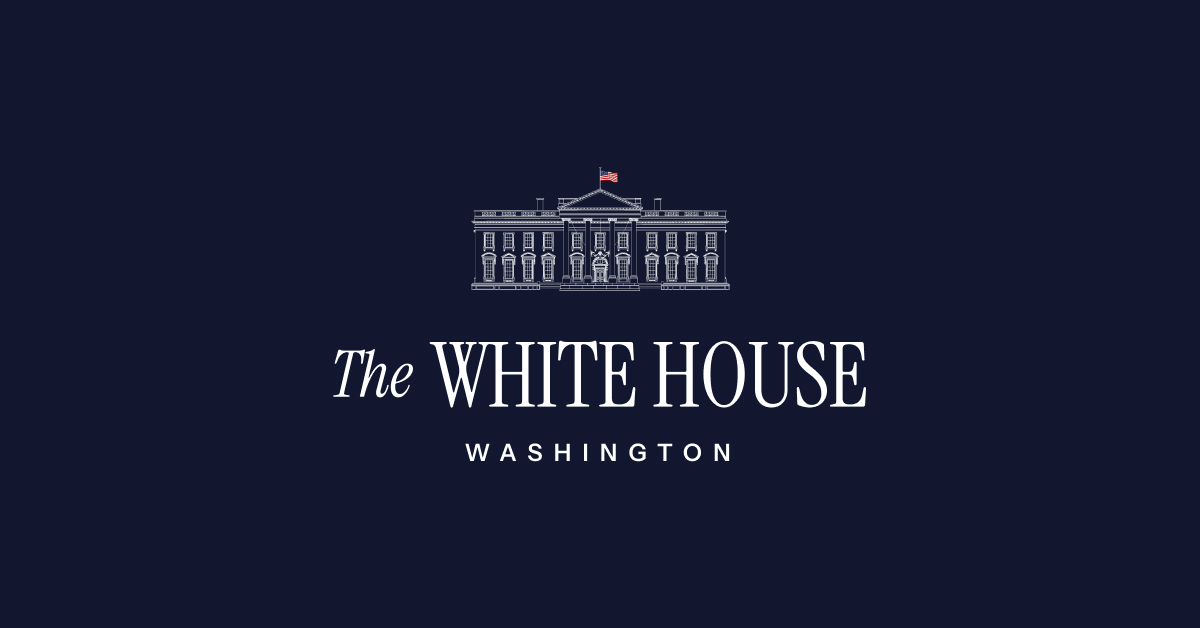Anti Marine Layer
Member
Of course, what is good to you is relative to whether you're on the left or the right, but here's a general list of what freedom means for the left vs. the right
Day 1: The Trump economic record (mainly before the COVID pandemic)
*According to the U.S. Department of the Treasury: www.treasury.gov
- Sexual libertinism vs. a virtuous population (based on Judeo-Christian values)
- Mainly positive rights (e.g. free healthcare, free education) vs. mainly negative rights (freedom of religion, freedom of speech)
- Equality of outcome vs. equality of opportunity
- Government handouts vs. a generous population/charitable giving
- The salad bowl (multiculturalism) vs. the melting pot (e pluribus unum)
Day 1: The Trump economic record (mainly before the COVID pandemic)
*According to the U.S. Department of the Treasury: www.treasury.gov
- Thanks in large part to TCJA, unemployment is at its lowest rate in nearly a half century.[1]
- Since November 2016, 24 states have achieved or matched their lowest-ever unemployment rates. [2]
- Unemployment rates for African Americans, Asian Americans and Hispanic Americans have hit all-time lows. [3]
- You are earning more and keeping more of your hard-earned money.
- We are in the midst of a 16-month streak of 3% year-over-year wage growth. [4]
- The typical family earning $75,000 also received a tax cut of over $2,000. [5]
- More people are participating in the labor market than ever before – and are more productive as a result of the Trump administration’s economic policies.
- Labor force participation in November was just below the 6-year high of 63.3%. [6]
- More adults are at work – with individuals between the ages of 25 and 54 participating in the labor force at the highest rate since 2009. [7]
- Americans are being afforded the financial freedom and flexibility to pursue their version of the American dream.
- New single-family home sales are up 31.6% in October 2019 compared to just one year ago. [8]
- The poverty rate fell to a 17-year low of 11.8% under the Trump administration as a result of a jobs-richenvironment. [9]
- Poverty rates for African-Americans and Hispanic-Americans have reached their lowest levels since the U.S. began collecting such data. [10]
- Over 6 million Americans have left the food stamp program since February of 2017.
- The Census Bureau’s Current Population Survey’s income inequality measure declined in 2018. [11]
- American consumers continue to drive economic growth. Real consumer spending grew at a strong 2.9%annual rate in Q3 of 2019, up from the 2.6% pace set during the preceding four quarters. [12]
- Real disposable personal income grew at a 2.9% annual rate in Q3 of 2019, a total increase of nearly $110 billion. [13]
- The average pace of annual growth in real disposable personal income per household under the Trump Administration ($2,577) has nearly doubled the pace from President Obama’s expansion period ($1,606). [14]
- The stock market is reaching unprecedented heights, allowing the average American to put away more money for their retirement.
- Both the S&P 500 and Dow Jones Industrial Average have seen record highs this fall. [15]
- Since the fall of 2016, the S&P 500 has increased a whopping 50.3% which means the average American saving for retirement by holding the S&P 500 index saw a more than 50% increase in the value of their retirement plan. [16]
- According to the 2017 Survey of Consumer Finance, the median retirement account had assets of approximately $60,000 in 2016. [17] If that account were invested in the stock market for the last three years, that $60,000 has increased to approximately $90,000–without including any additional contributions.
- Through TCJA and other administration actions, our economy is creating jobs at an exceptional pace.
- Since November 2016, the economy has added more than 7 million jobs.[18]
- For reference, this is more than the combined 2018 populations of Wyoming, Vermont, Alaska, North Dakota, South Dakota, Delaware, Rhode Island, and Montana.
- There are 5.1 million more jobs than the Congressional Budget Office (CBO) had projected in its August 2016 report. [19]
- Over the past twelve months, employment growth has averaged a whopping 183,700 jobs a month. [20]
- According to the most recent data available from the Bureau of Labor Statistics, there are nearly 1.3 million more job openings than unemployed persons. [21]
- September 2019 marks the 19th month in a row where there were more jobs available than people to fill them. This is a first since the data series began in the year 2000. [22]
- Manufacturing has seen a boost – contributing to a #BlueCollarBoom.
- Since November 2016, the manufacturing sector has added an impressive 524,000 jobs. [23] The National Association of Manufacturers’ survey of the industry hit record levels of confidence under the Trump administration. [24]
- In November 2019 alone, 54,000 new manufacturing jobs were created.
- United States’ growth in Gross Domestic Product (GDP) shows that while other countries have begun to slow down, our economy remains vibrant.
- U.S. GDP is $320 billion higher than the CBO had projected it would be in 2016. [25]
- In 2019 so far, the U.S. economy grew 2.4% at an average annual rate, while the rest of the G7 has grown at 1.0%. [26]
- U.S. companies are bringing money back home from overseas.
- As a result of TCJA, U.S. companies have brought back close to a trillion dollars from overseas.
- As reported by Bloomberg as recently as June, corporations have brought back $876.8 billion dollars since TCJA was enacted. [28]
- The TCJA stemmed the tide of corporate tax inversions by substantially reducing incentives for companies to go overseas.
- As a result of TCJA, U.S. companies have brought back close to a trillion dollars from overseas.

